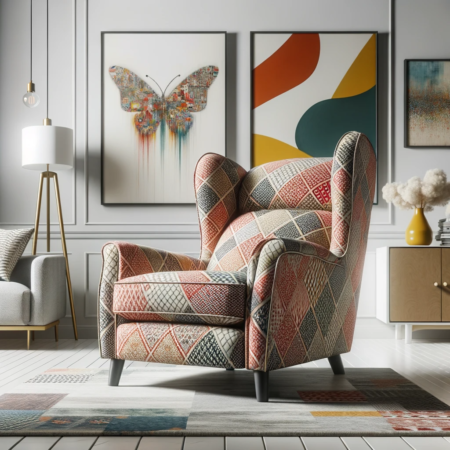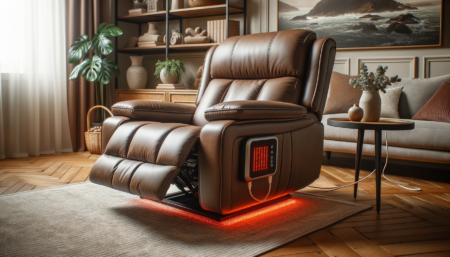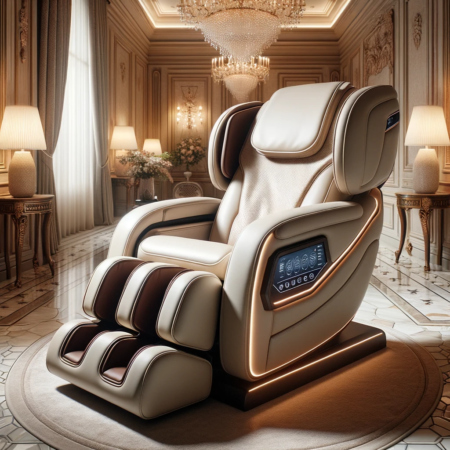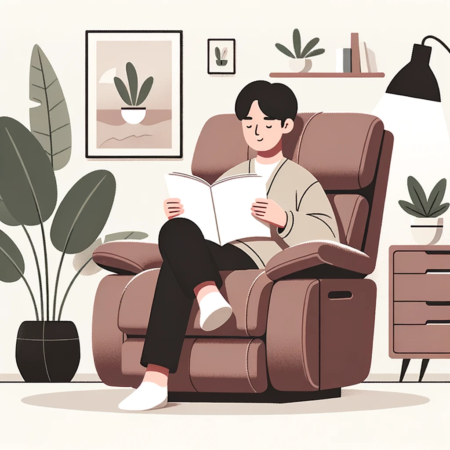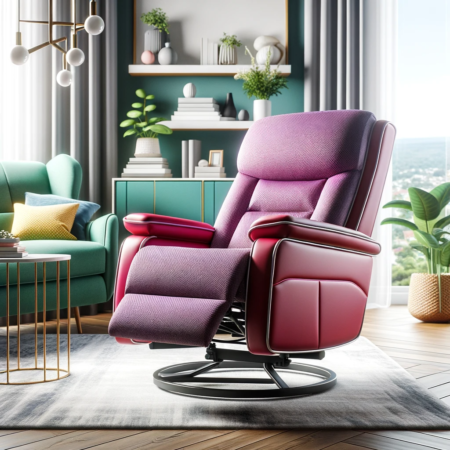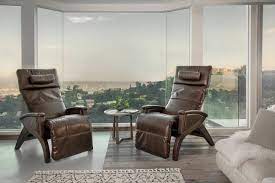“Wall Recliners” and “Rocking Recliners” emerge as two prominent categories, each boasting distinctive characteristics tailored to diverse preferences and spatial considerations.
One of the biggest problems with choosing between a wall recliner and a rocking recliner is that the decision ultimately comes down to personal preference. There is no right or wrong answer, and the best type of recliner for you will depend on your individual needs and wants.
These chairs, while serving the essential purpose of relaxation, cater to specific needs and aesthetics, embodying unique mechanisms and functionalities that set them apart.
The purpose of this comparison is to help readers choose between a wall recliner and a rocking recliner by providing information on the key differences between the two types of recliners.
Wall Recliner: Marvel in Space-Saving
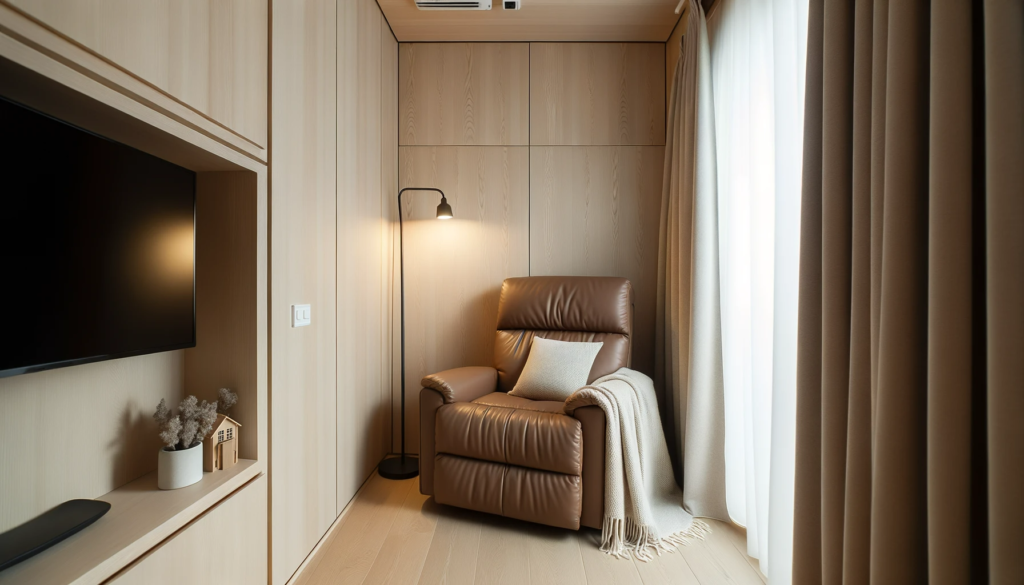
A Wall Recliner is a type of reclining chair specifically engineered to be placed closer to a wall, elegantly saving space while providing luxurious comfort.
As you ease back into a Wall Recliner, it gracefully reclines in a forward trajectory, ensuring that the back of the chair doesn’t require extensive space to perform its magic. It’s like having a superpower—reclining in luxury without demanding extra room!
So, if you are seeking a recliner that sings a melodious tune of comfort, style, and space efficiency, let the Wall Recliner take centre stage in your living space, where it will undoubtedly perform a breathtaking ballet of reclining elegance.
Wall Hugger Recliner: Key Features
Close-to-Wall Placement
Wall hugger recliners are engineered to recline forward, allowing them to be positioned just inches away from a wall. This design is a boon for small rooms or crowded spaces, ensuring that the recliner doesn’t consume unnecessary floor space.
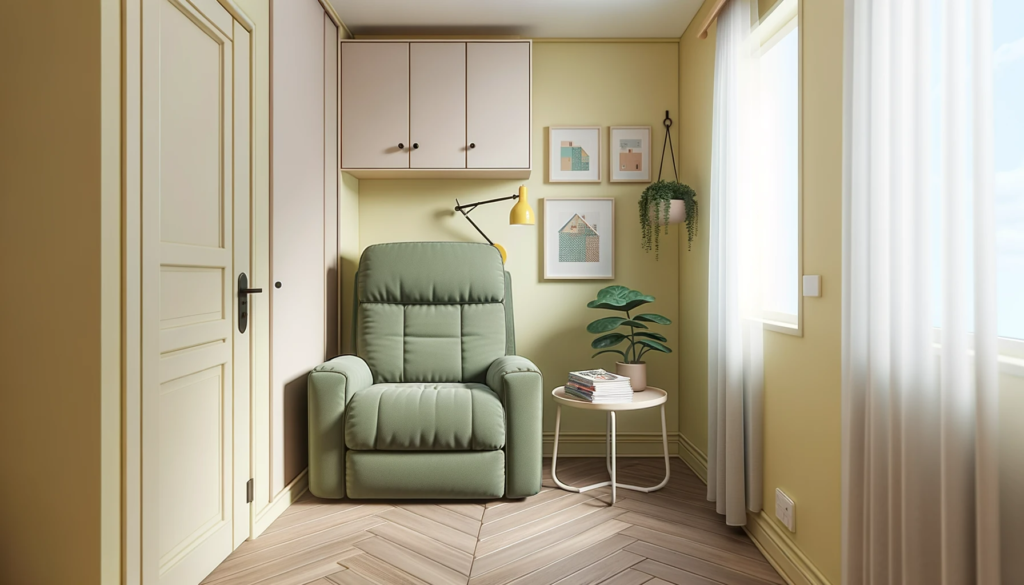
Limited Movements
Wall recliners typically have limited movement, as they are designed to sit close to the wall. This can be beneficial for people who have limited mobility, as they can easily get in and out of the chair without having to move it.
Comfort
Wall recliners are designed to be comfortable, with features such as padded cushions, adjustable headrests, and lumbar support. This makes them a great place to relax and unwind after a long day.
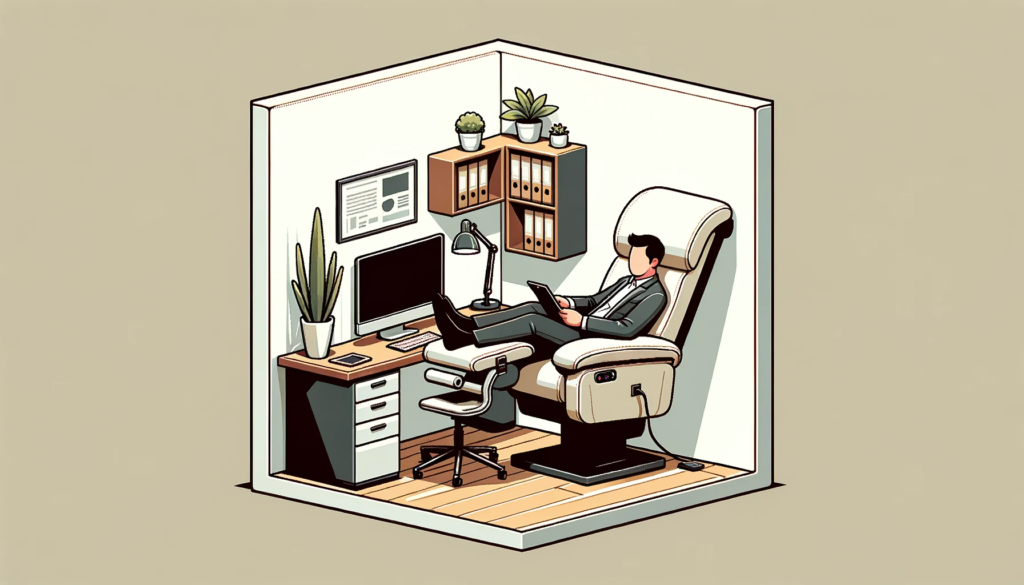
Adjustable headrests & lumbar support
Many wall recliners have adjustable headrests and lumbar support, which can help to improve your comfort and reduce back pain.
Footrest
Wall recliners typically have a footrest that can be extended to provide support for your feet and legs. This can further enhance the comfort of the chair, and can also help to improve circulation.
Pros & Cons
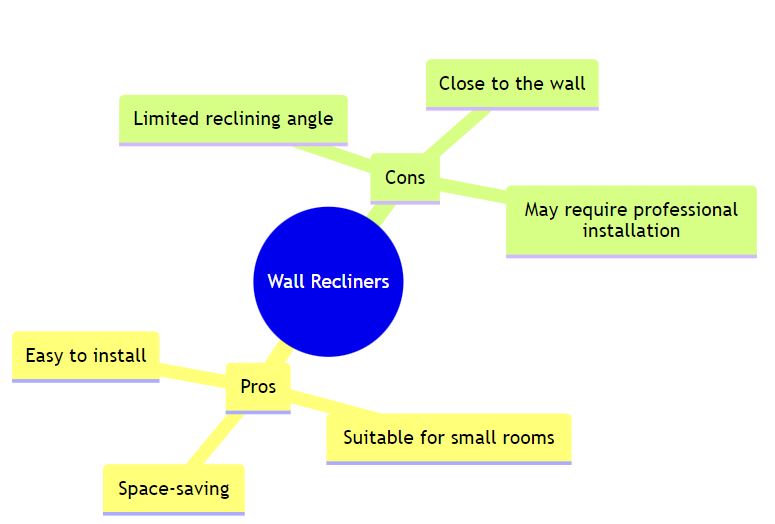
Also Check: Our Best Small Wall Hugger Recliners Choice
Visual Comparison
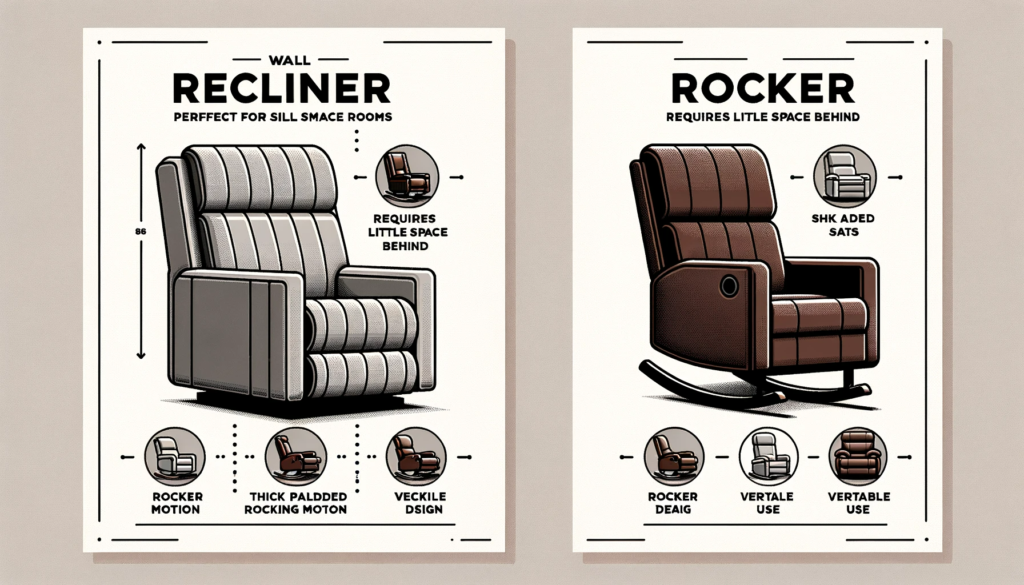
Rocking Recliner
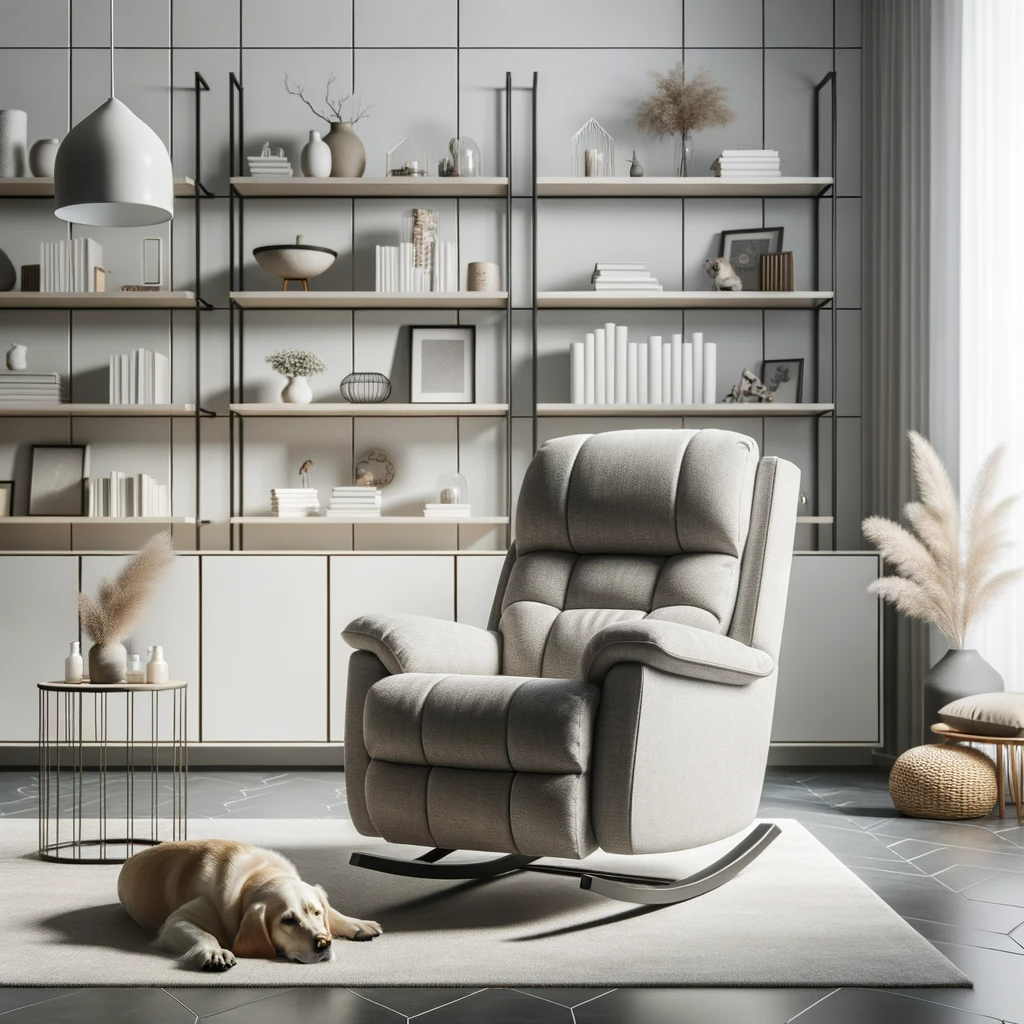
A rocking recliner is a type of recliner that has a locking mechanism. This allows you to rock back and forth while sitting in the chair. Rocking recliners are often found in living rooms, bedrooms, and home offices. They are a popular choice for people who want a comfortable and stylish chair to relax in.
So, let the Rocking Recliner be your companion in relaxation, a chair that doesn’t just stand there but moves with you, understanding your rhythms and cradling you in a world where comfort rocks.
Key Features
Rocking feature
Rocking recliners have a rocking mechanism that allows you to rock back and forth while sitting in a chair. This can be very relaxing and soothing, especially for people with pain or discomfort.
Suitable for various purposes
Rocking recliners can be used for a variety of purposes, such as watching TV, reading, napping, nursing, or simply relaxing. For new parents, it becomes a nurturing nook that makes feedings and cuddle times tender and soothing. Its versatile comfort makes it a companion that fits seamlessly into various moments and activities in your life.
Requires more space
Rocking recliners typically require more space than traditional recliners, as they need room to rock back and forth.
Reclining mechanism
Rocking recliners have a reclining mechanism that allows you to recline the chair to a variety of angles. This makes it easy to find the most comfortable position for relaxing. A reclining mechanism that stands as a pillar of relaxation, the chair invites you to lean back and elevate your comfort.
Adjust and find your perfect angle of repose, allowing the chair to cradle you in your desired state of rest and relaxation.
Lumbar support
Many rocking recliners have adjustable lumbar support, which can help to improve your comfort and reduce back pain. the swivel function allows you to turn and pivot with ease. It’s a delightful touch that makes the chair not just a place to relax but also an axis of convenience, allowing you to face different directions without leaving its comforting embrace.
Pros & Cons
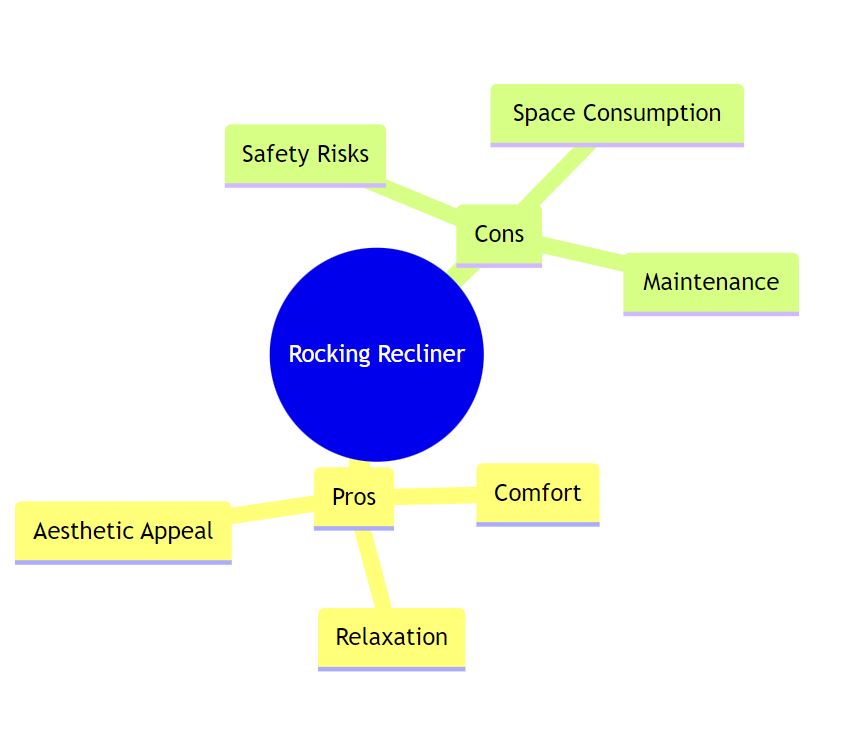
Head-to-head Comparison
| Comparison Aspects | Rocking recliner | Wall Recliner |
| Space Requirement | More | Less |
| Rocking | Yes | No |
| Affordability | Less Affordable | More Affordable |
| Versatility | More | Less |
| Best Use | Relaxing, Nursuring | Small Spaces |
| Motion Type | Rocks back and forth | Does not rock; reclines straight |
| Functionality | Rocks & Recline | Primarily Recline Near Wall |
Final Thoughts
In conclusion, wall recliners and rocking recliners each offer unique features tailored to specific needs and preferences.
Wall recliners are ideal for those with limited space, allowing for relaxation without the need for significant clearance from the wall. In contrast, rocking recliners provide a soothing back-and-forth motion, perfect for those who enjoy gentle movement or seek to soothe a restless child.
While both types prioritize comfort, the decision between them largely hinges on spatial considerations and individual desires for movement. By understanding the distinctions between the two, consumers can make an informed decision that best suits their living environment and personal comfort preferences.
Do rocking recliners have a wall-hugging feature?
Typically, rocking recliners do not have a wall-hugging feature, as their primary function is to rock back and forth.
Can I put a wall recliner in the middle of the room?
No, wall recliners are meant to be placed close to a wall to maximize space efficiency.
Do both types of recliners come with built-in footrests?
Yes, both wall recliners and rocking recliners typically come with built-in footrests for added comfort.
Can I convert a wall recliner into a rocking recliner, or vice versa?
No, the design and mechanisms of wall recliners and rocking recliners are distinct, so they cannot be easily converted into one another.
Do wall recliners and rocking recliners come in various styles and materials?
Yes, both types of recliners come in a wide range of styles and materials to suit different preferences and decor.
Which one is more suitable for small living spaces?
A wall recliner is a better choice for small spaces because it can be positioned closer to the wall when reclined.
